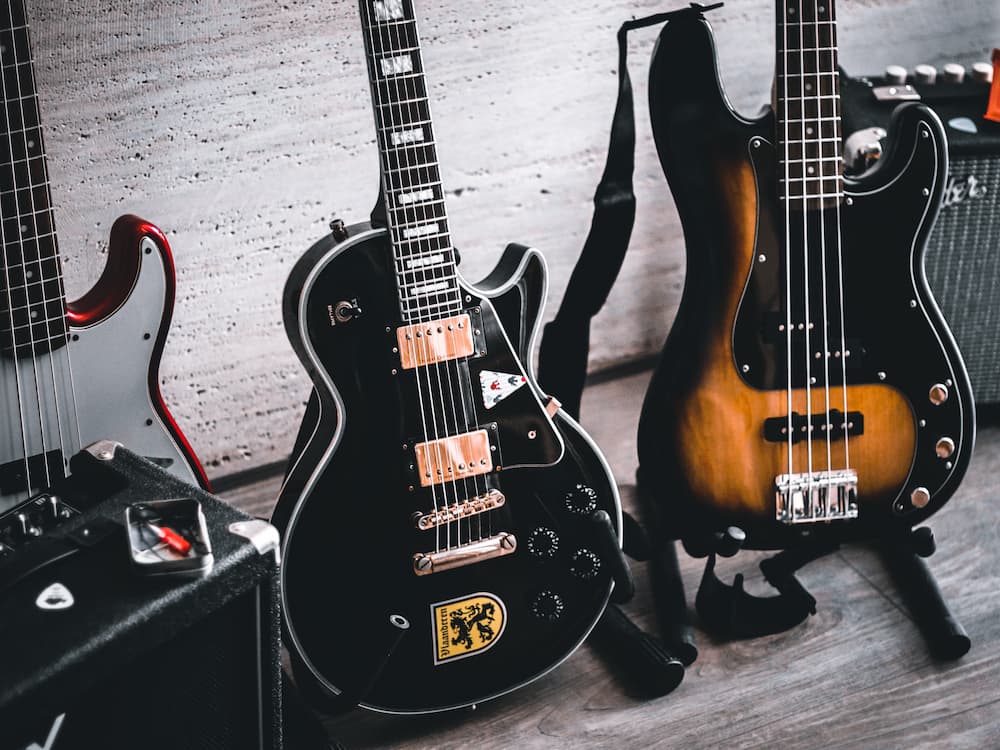
The Story Of Fender’s Rarest Guitar
Whenever anyone utters the word Fender, 99 per cent of the time the next word will be “Stratocaster”.
Whilst the legendary California guitar manufacturer has made a wide range of guitar models over the years with some like the Precision Bass and the Telecaster becoming similarly well known, the double cutaway design of the Stratocaster is the default design for electric guitars.
Alongside the Gibson Les Paul, the Stratocaster is the first design that comes to mind when people think of guitars, and the vast majority of accessories for guitar such as cases, capos and tuners are designed with Fender’s long-running instrument in mind.
This makes it incredibly interesting, therefore, that Fender, the manufacturer of one of the world’s most popular guitars, would also manufacture quite possibly the rarest guitar model from a major manufacturer that was not explicitly a limited edition.
Naturally, given that it was not intended to be made in such rare numbers that people dispute how many models exist in the world, the story is complex and starts with a modified Fender Jaguar and a man named Porky.
Hidden Power
Quilla “Porky” Freeman is, much like Les Paul and other early electric guitarists, an important pioneer and inventor in the world of electric guitars, and he helped to contribute to many inventions and discoveries in the world of electric guitars.
His role in this story was to modify a 1963 Fender Marauder to both add an extra pickup and try to find a way to reduce the chance of the pickup design getting in the way of sustained and expressive play.
The theoretical solution Porky had was to use four large pickups hidden under the pickguard, which would in theory allow for extended play without the plectrum hitting against the pickups.
Fender was interested in adding this highly novel-looking guitar to the lineup complete with its four knobs and seven switches for a total of 48 tonal characteristics, making the guitar easy to pick up and still very versatile.
Porky also developed a hidden vibrato arm rather than using the standard Stratocaster vibrato, making the new guitar remarkably technically advanced for 1964. According to historian Rob Lawrence, the guitar’s tone was remarkably percussive, in no small part due to the deep pickup recesses.
The name Marauder was chosen as it was a synonym for bandit due to the hidden nature of the pickups and it looked fascinatingly unique for the time, with a clean line between the bridge and the fretboard and a body shape inspired by but not quite the same as the Jaguar.
This guitar, known as the Type I, had only six prototype models produced, with accounts varying as to why this was the case, with three prevailing theories.
The first and most simple was that when Columbia Broadcasting System (CBS) bought Fender in 1965, it was one of the many models lost as a result of CBS’ cost-cutting measures.
Another related theory was that the elaborate electronics and specially designed pickups needed for the invisible design would be too expensive to make or the technology behind it would have been too expensive to acquire the license of.
Finally, there was a later dispute between Fender and Mr Freeman over a patent filed over the Marauder’s design, and once Fender abandoned the design in 1966, Porky took the idea to rival Rickenbacker, who also did not make a hidden pickup guitar.






